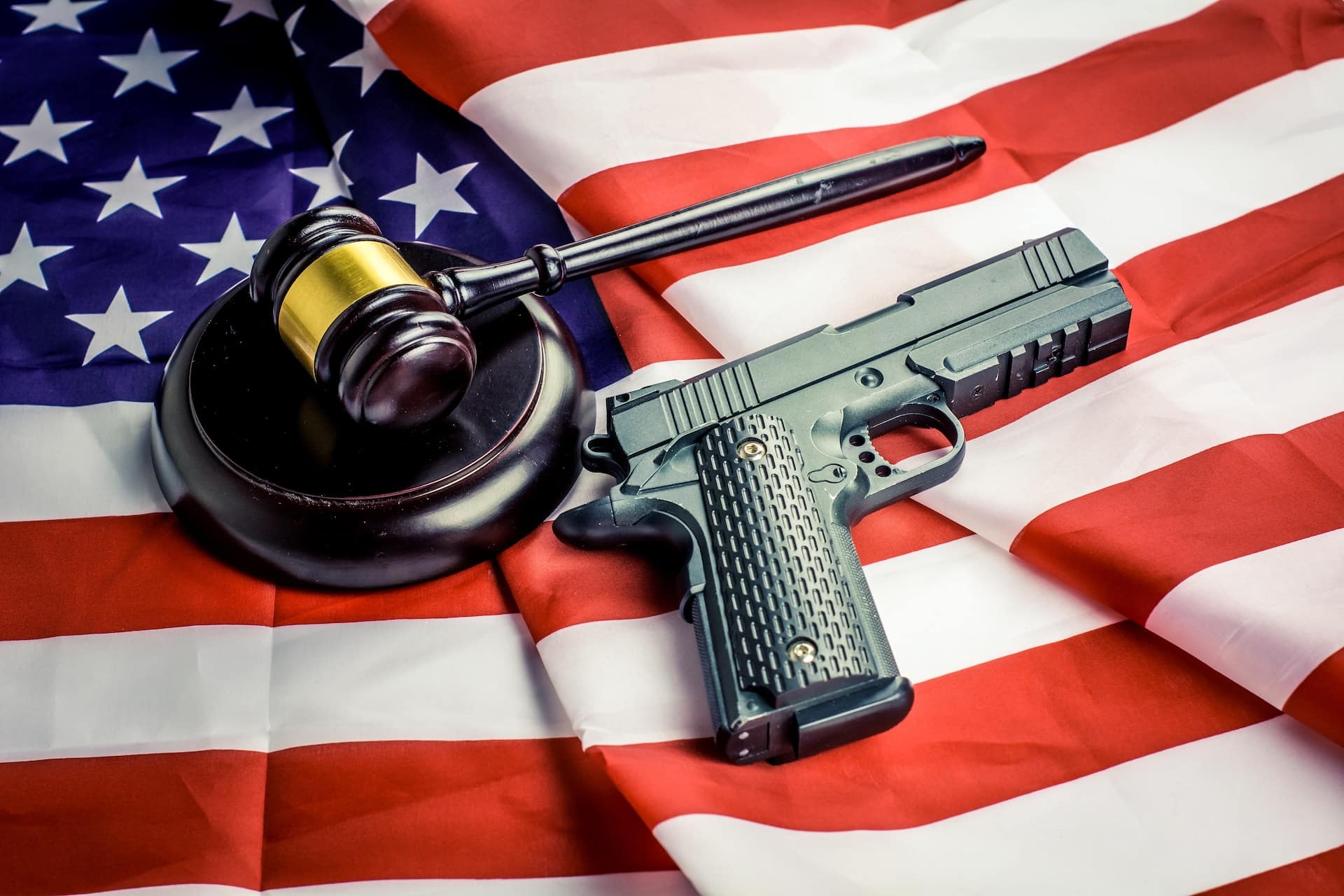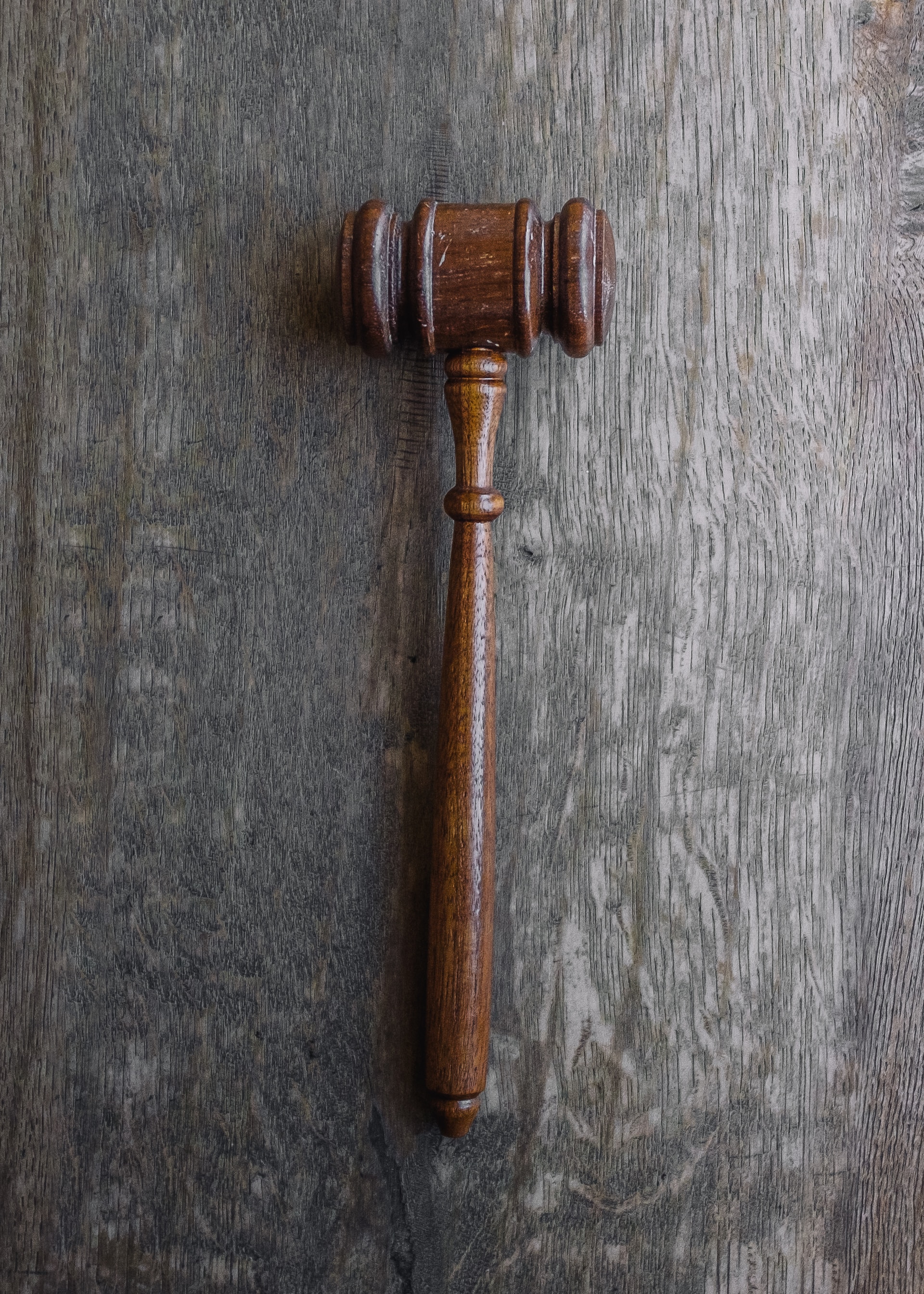Guns have always been an integral part of American society. The Bill of Rights granted the citizens of the modern US the right to bear arms, which they have been diligently exercising for more than two centuries.
However, despite being stipulated in the Constitution itself, the right to firearm ownership is nonetheless a topic of constant debate. Even though the gun violence rates finally dropped after the 2020-2021 peak figures, people are still restless.
At the same time, the ATF’s ruling on pistol braces left gun owners at their wit’s end. Gun ownership is a splitting issue, so our Gun store deemed it necessary to clarify certain things concerning firearms.
IMAGE: UNSPLASH
Significant Documents
As with all other legal aspects of people’s lives, gun ownership is regulated by a number of documents. Some of them were adopted hundreds of years ago with their legal force undisputed to this day.
Others were later amended while some were adopted only to be revoked or expire in several years. Though there are documents that regulate the sale and manufacturing of firearms, our major focus will be on acts regulating ownership rights.
Here’s a brief overview of the significant documents in chronological order:
The Second Amendment
The Second Amendment is the staple of Americans’ right to bear a firearm, guaranteeing citizens the right to possess and bear arms. It was adopted in 1791 and is often misinterpreted in modern times. The second part of the amendment stipulates that “the right of the people to keep and bear Arms shall not be infringed.” Gun rights advocates often reference the Second Amendment to counter any attempts to restrict or control civilian gun ownership rights.
The National Firearms Act
The National Firearms Act , enacted in 1934, was the first federal regulation of the manufacture and transfer of firearms. Some of its provisions were amended or revised by subsequent federal acts, but its major ruling remains unchanged to this day.
The act imposes a $200 tax and registration requirements on certain types of firearms, including short-barreled rifles (like M4 rifles, with their civilian version being tax-free) and shotguns, and silencers.
Machine guns used to be regulated by the same document, but we’ll return to them further in the text.
The Gun Control Act
The Gun Control Act , enacted in 1968, was the first document to revise the NFA and the FFA (Federal Firearms Act, 1938). It regulates the sale, transfer, and possession of firearms in the US.
The Act prohibits the transfer of firearms to felons, minors, and people who have been involuntarily committed to mental institutions from possessing firearms. The GCA also requires all firearms (produced domestically or imported) to be affixed with a serial number.
The Firearms Owners’ Protection Act
Despite its seemingly permitting nature, enacted in 1986, the Firearms Owners’ Protection Act banned civilian ownership of machine guns produced after the act went into effect. To own a machine gun, a civilian either needs to purchase a model, produced before 1986 or acquire a Federal Firearms license.
The Brady Handgun Violence Prevention Act
The Brady Handgun Violence Prevention Act , enacted in 1993, introduced background checks. It gives law enforcement a five-day period to conduct a background check on a potential handgun owner. on firearm purchasers in the US. In 1998, shotguns and rifles also became subject to the Act.
The five-day period was later replaced with an instant check system, introduced in 2007 through NICS Improvement Amendments Act.
The Assault Weapons Ban
The Assault Weapons Ban , enacted in 1994, banned the manufacture, sale, transfer, and possession of semi-automatic assault weapons and high-capacity magazines (exceeding 10 rounds). The ban is no longer effective, having expired in 2004.
The Child Safety Lock Act
Enacted in 2005, the Child Safety Lock Act outlaws the transfer of a handgun without a secure gun storage or locking device. It also makes any person in possession of a handgun and a corresponding secure gun storage or safety device from “qualified civil liability action.”
Common Misconceptions
Despite these federal statutes’ existence, many misconceptions remain surrounding gun ownership in America. Here are some commonly confused and misinterpreted notions:
Open Carry vs. Concealed Carry
Open carry is legal in the majority of states, allowing gun owners to carry their firearms openly in public places. Concealed carry, on the other hand, requires gun owners to obtain a permit to carry their firearms concealed in public places.
Concealed Carry license might be relevant in other states, but it’s mandatory to check the details beforehand.
NFA-Regulated Firearms Purchase
Civilians aren’t banned from acquiring and owning firearms regulated by the NFA. However, they are required to pay a $200 tax and submit the necessary forms with your personal information.
Some gun laws in the US can be confusing and difficult to understand. It’s crucial to educate oneself on the relevant documents and procedures surrounding gun ownership to exercise this right responsibly.
And keep yourself updated on all the legislation changes, as they have a tendency of striking when you least expect them to.
Disclaimer: The opinions expressed in this article are solely those of the author and do not represent the views or opinions of the website or platform on which this post is published. It should be clarified that the author’s opinions are independent and do not reflect any official position or endorsement by the website or its associated entities. Readers are advised to consider this article as the author’s personal perspective and are encouraged to seek additional sources and viewpoints to form their own informed opinions.
IMAGE: UNSPLASH
If you are interested in even more lifestyle-related articles and information from us here at Bit Rebels, then we have a lot to choose from.


COMMENTS